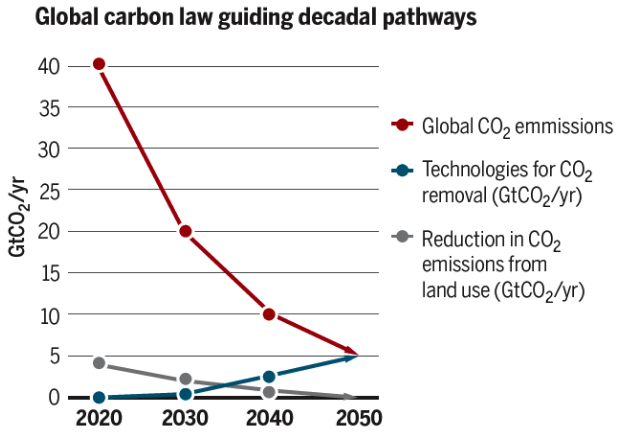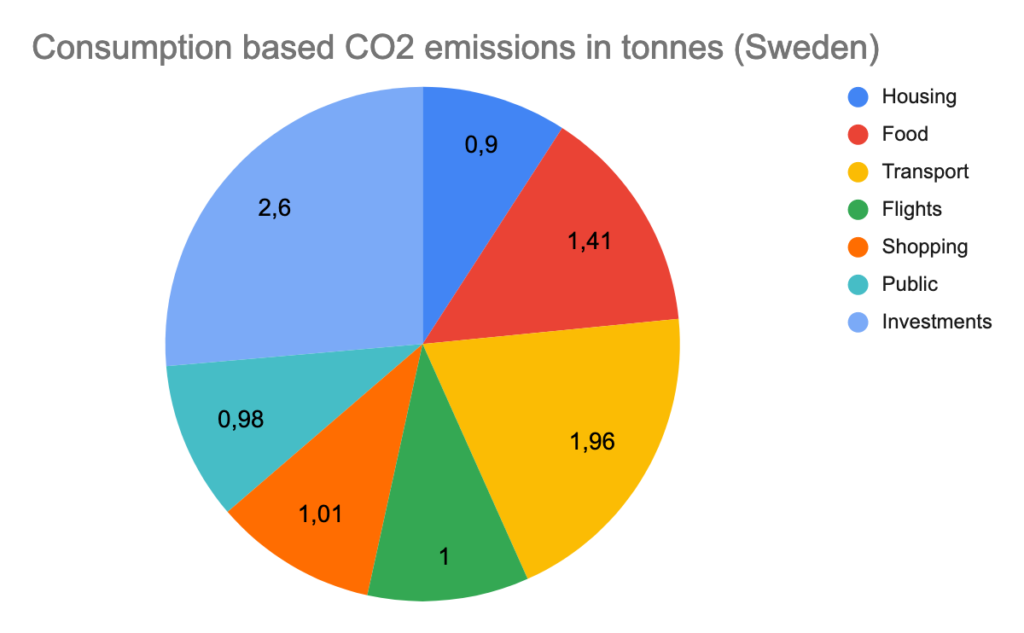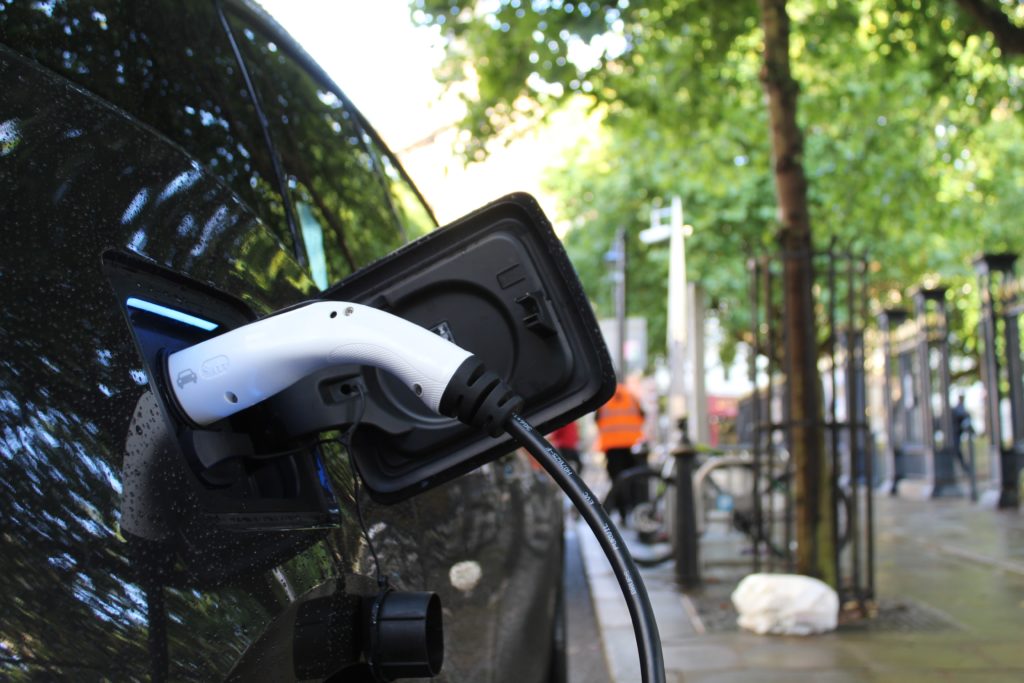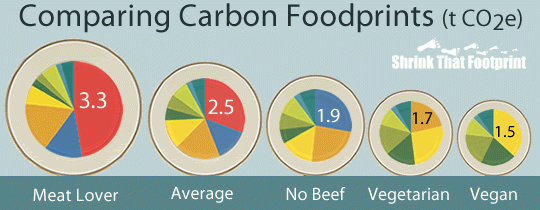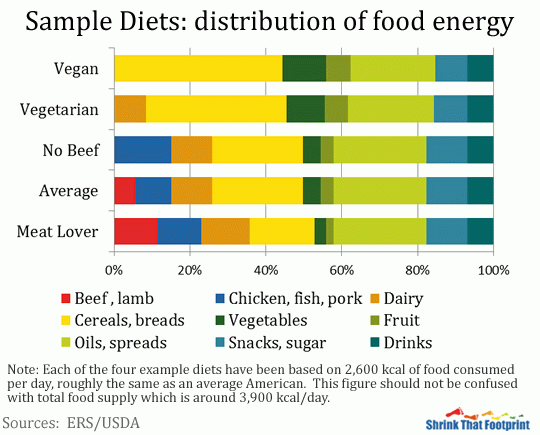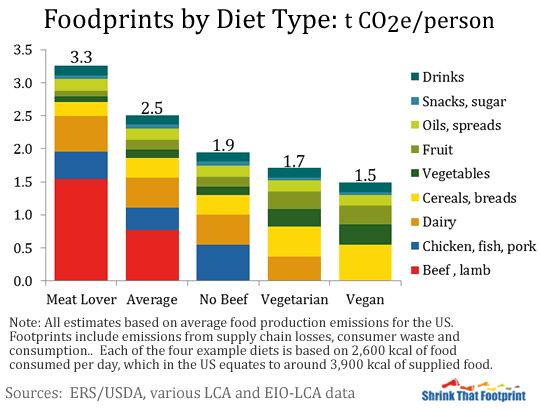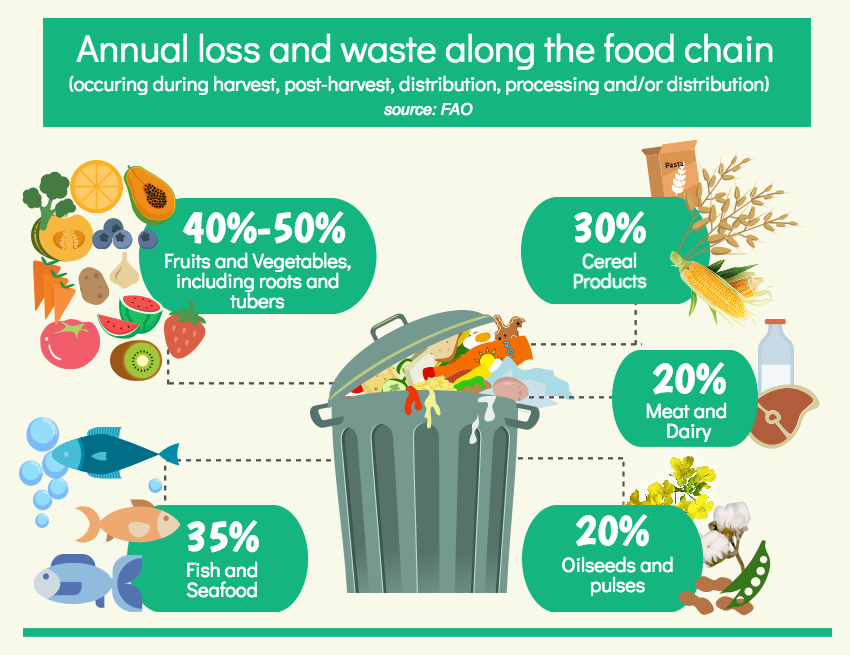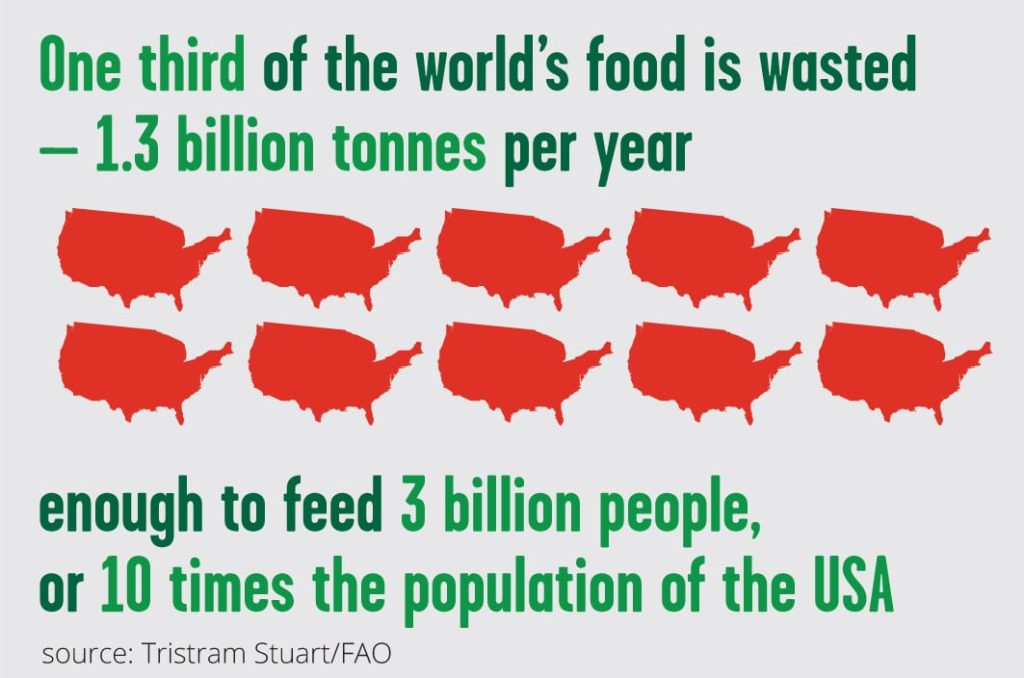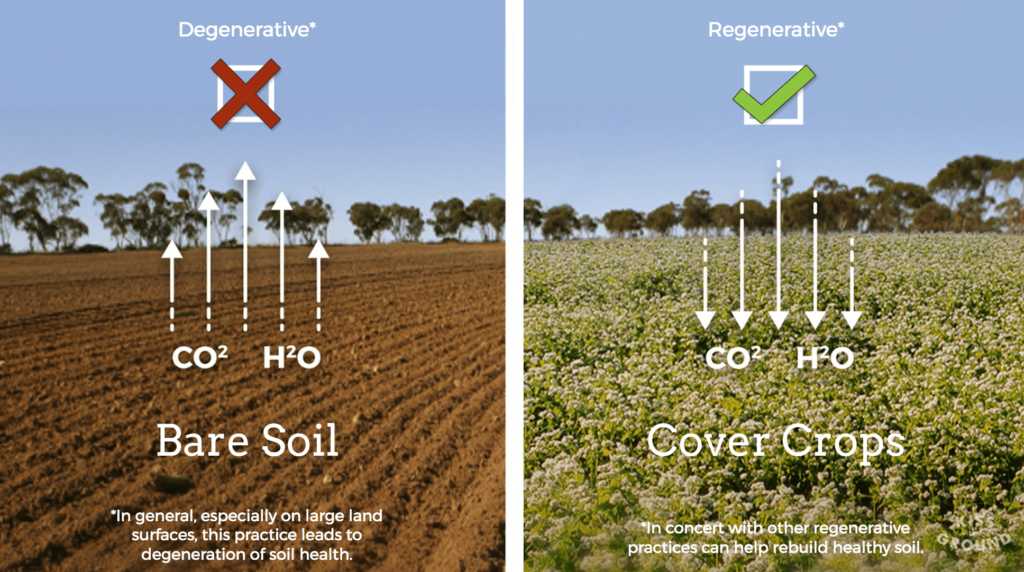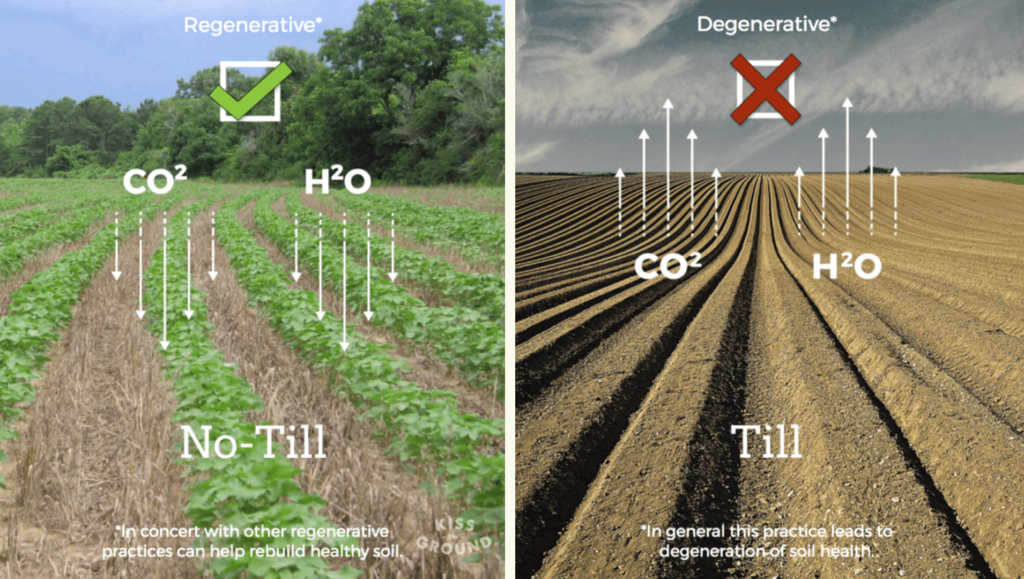The first question in our carbon footprint calculator is “Where do you live?”. This is important to know because you are (most likely) connected to the electricity network in your home area, and it also gives us a range of alternative energy sources for heating/cooling.
If you know your energy consumption in kWh (or other unit), and the source of your energy, you can calculate the exact impact on the climate by looking up the emission factor. But as this varies from country to country, we use average values in the calculator to give you a good estimation of what the carbon footprint is.
What do we use the energy for?
In our homes, there is usually some kind of heating, through radiators (the values from eurostat can differ if you live in a warmer climate and use more cooling!) Heating can come from electricity, but the variation is wide. In Sweden and Finland, district heating is very common. In other countries, natural gas is more prominent. If you live in a rental, you may not even know what the source of the heating is, and your possibility to change it may unfortunately also be limited. If you own your home, making a decision on changing your heating can be a big investment, but the impact you can have is big too. In the US, the best option for the climate is to electrify – and use green electricity. Regardless of where you are, you want to move away from fossil fuels. Remember, natural gas is also a fossil fuel!
Water heating can be done with electricity, gas or other energy sources. The most climate friendly way is to electrify – and use green energy!
Generally, in our homes we use electricity for appliances such as the stove and fridge, the microwave, the washing machine, lighting, the tv, computer, etc. Exactly what we use it for obviously varies from home to home. The electricity bill tells us which company supplies our energy and through them we can find out what the source of the electricity is. Today, many suppliers offer electricity plans from renewable energy sources. This can be a tiny bit more expensive, but it makes a massive difference on your carbon footprint!
What is the climate impact?
“Regular” energy in the EU emits 295,8 g CO2 per kWh, in the US it is 452,8 g. However, renewable energy emits only 10-20 g CO2 per kWh, depending on the source.
A 3-4 bedroom home in the UK uses on average 3100 kWh of electricity per year. If the source is regular grid electricity, the CO2 emissions are 723 kg. If renewable energy is used, the emissions are only 47 kg!
If you also heat your home with electricity and can switch your electricity plan from regular to renewable energy, you can reduce the carbon footprint from 2 tonnes to 100 kg (based on average values in our calculator). That’s amazing!
Of course it is great to always turn off appliances, and be mindful about how we consume energy in our homes. The greenest (and cheapest) kWh is the one we don’t spend! But to make the most impact possible, focus should be on the changes that make a big difference, not on a lot of small actions that have low impact. It is better to hang-dry your clothes than using the tumble dryer, but if you leave your phone charger plugged in it really won’t make a big difference.
To do’s:
- Switch to green electricity
- If possible, electrify your heating or check what other renewable energy sources are available where you live (geothermal energy?)
- Electrify your water boiler!
Wild cards:
- Consider putting solar cells on your roof
- Insulate the house
- Get an air-pump (reduces energy consumption)
Curious to know more about your carbon footprint? Read the other posts in this series:
Me and my carbon footprint
What is a “carbon footprint”?
The carbon footprint of a home
The carbon footprint of a diet
The carbon footprint of our traveling
The carbon footprint of long distance traveling
The carbon footprint of shopping
The carbon footprint of public consumption
Or go to www.goclimate.com to calculate your carbon footprint now!
